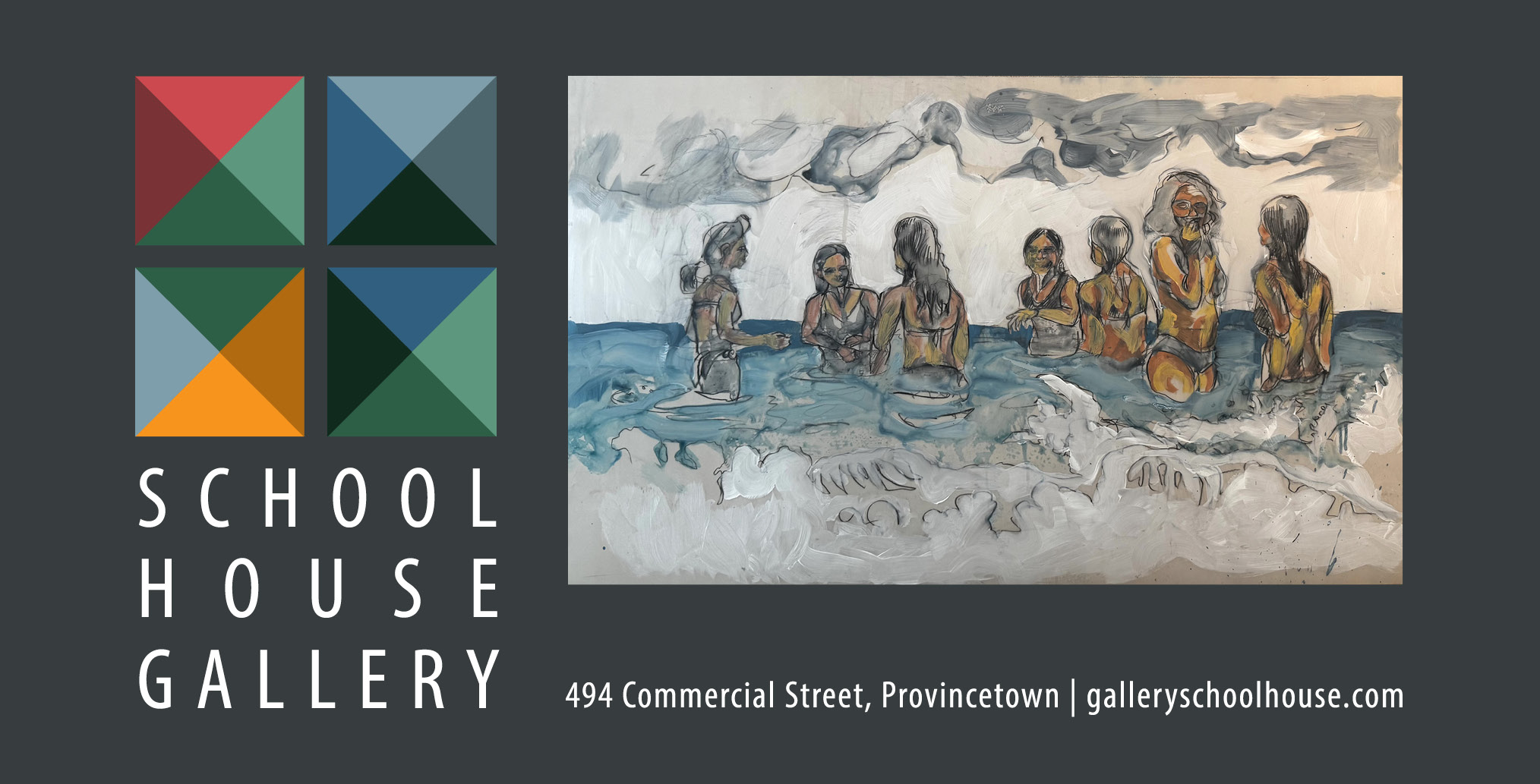This is the season of winnowing. The wind-scoured streets and what stubbornly remains remind us that we are all just — yes — hanging on. Winter is a test for wildlife, too, and not a kind one. The abundance of spring and summer — those downy nestlings, the furry, big-eyed young — is reduced to what is left, to what the world can presumably maintain: the survivors.
We are not so far removed from this stark reality. The full Moon in February is what our predecessors called the Hunger Moon, announcing the nadir: the time of scarcity of game and resources, diminished stores, ebbing life. Not everyone made it.
We live in more beneficent times. There are exceptions — winter-lovers — but mostly those who can escape our chilled shores do so; perhaps you are reading these words on a beach somewhere. Those who can’t manage to get away stay largely inside and binge in various ways. For those who are here, it is more of a challenge to make a good day.
It perhaps brings to mind the question of what a good day actually is and where it comes from. Do we bring it to the world or depend on it to be delivered?
In the woods, the evergreens stand in silent defiance of the dry cold; the deciduous trees suspend their woody selves behind bark and bud. The wind persists. Loose flocks of robins strip the last wizened berries from the shrubs. The startling red of a bearberry is alluring, but to escape the frozen ground I head to the beach.
Here the toll of winter is readily apparent. Today I counted seven carcasses in a quarter-mile stretch: four common eider ducks, a couple of great black-backed gulls, and a cormorant. Over the season I have found other species of ducks and gulls, as well as loons, murres, and a dovekie: winter’s harvest.
Of course, there are specific reasons for some of this mortality: the eiders have a particular tick-borne disease, and the avian flu has been ravaging wild birds as well as domestic poultry. But the harsh conditions of winter are responsible, directly or indirectly, for the majority of these dead birds. One researcher described the mortality as “a winter pulse.”
Coming upon so much death in such a short span is sobering but at the same time brings a kind of stimulation. We are all confronted with so much loss in our personal lives and in the world at large. How can we incorporate the ultimate finiteness of our lives — all our lives — with some sense of beauty and completeness? Once again, I turn to the natural world.
The dead birds on the beach, among the shards of broken shells, the carapaces of crabs, and heaps of seaweed and eelgrass, lie in something like repose. Various attitudes are displayed among the dead, their final and ultimate postures, but for the most part they are graceful. One gull presents itself as if reclining — although gulls never do so. Another as if it were sleeping, its head tucked neatly under an outstretched wing. A red-throated loon’s arched neck stretches backward as if it had one more call to make. Its eye is bright like the bearberry but unseeing; the sky is reflected in its blank lens. Some wings are completely outstretched, as if to take to flight. The wind brusquely bullies them, blowing the feathers the wrong way; other wings are folded neatly, permanently, never to respond to the wind again, finally wasted.
It is certainly not all peaceful and beautiful. Signs of violence and scavenging are apparent. There are scraps and feathers, component bones, random parts — bills and beaks, wings and feet, an upturned naked sternum stripped clean by something hungry — all glazed in sand.
The message to me, which is not entirely clear — one minute I have it, the next it is gone — is that the beach is the result of geologic forces and will forever remain for whatever comes next. The living things that frequent it are evanescent: temporary aggregations of matter and energy that will have their day and move on to somewhere or something else. The beach is better for them: they give it life. But grains of sand have a permanence that the living will never achieve.
We are ultimately dust in the wind. A sad thought — but perhaps a liberating one.



